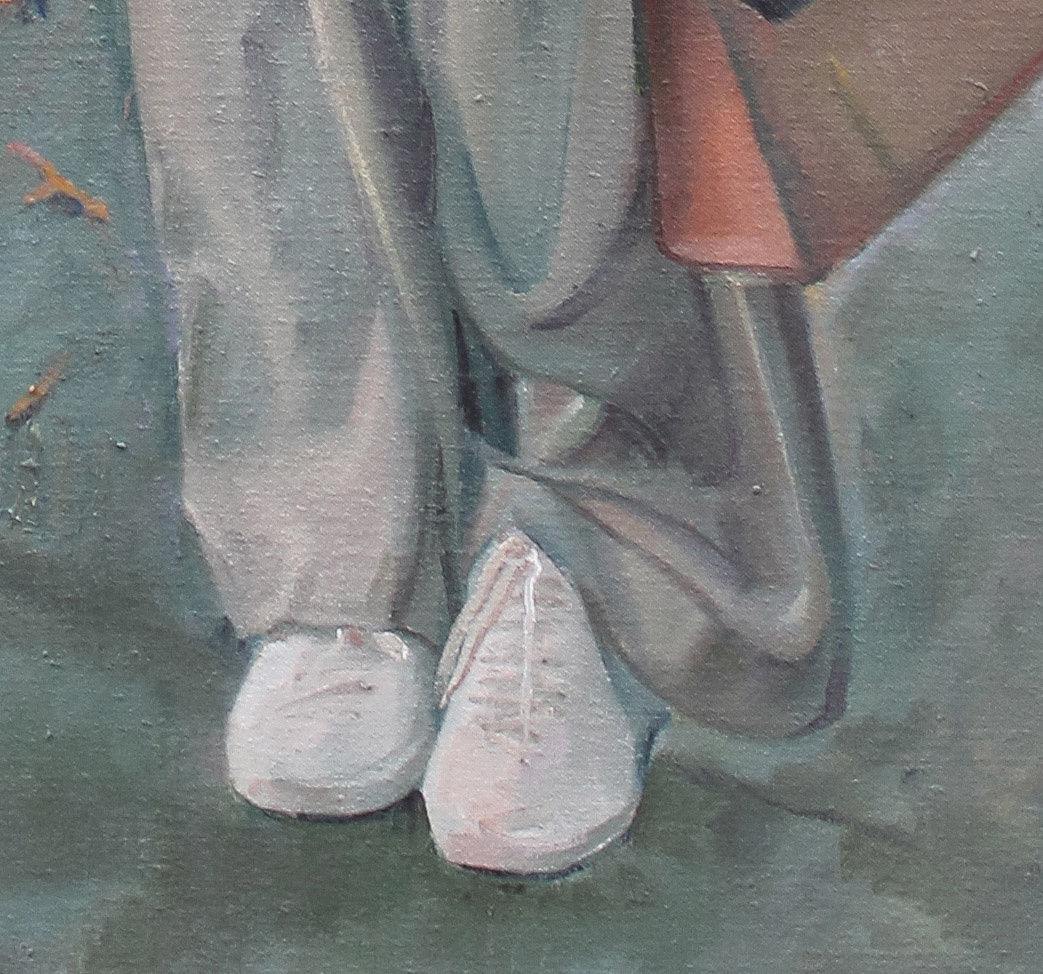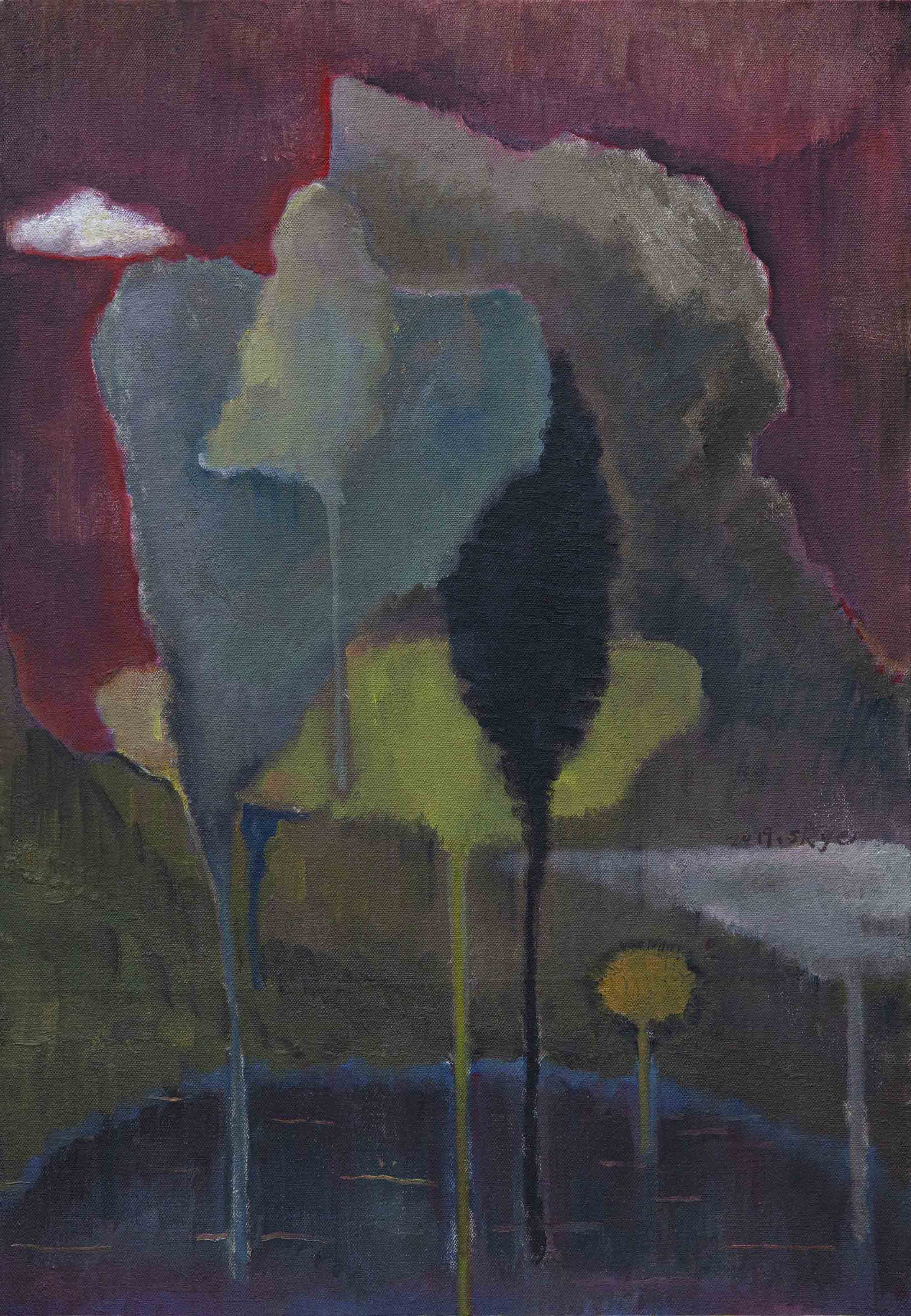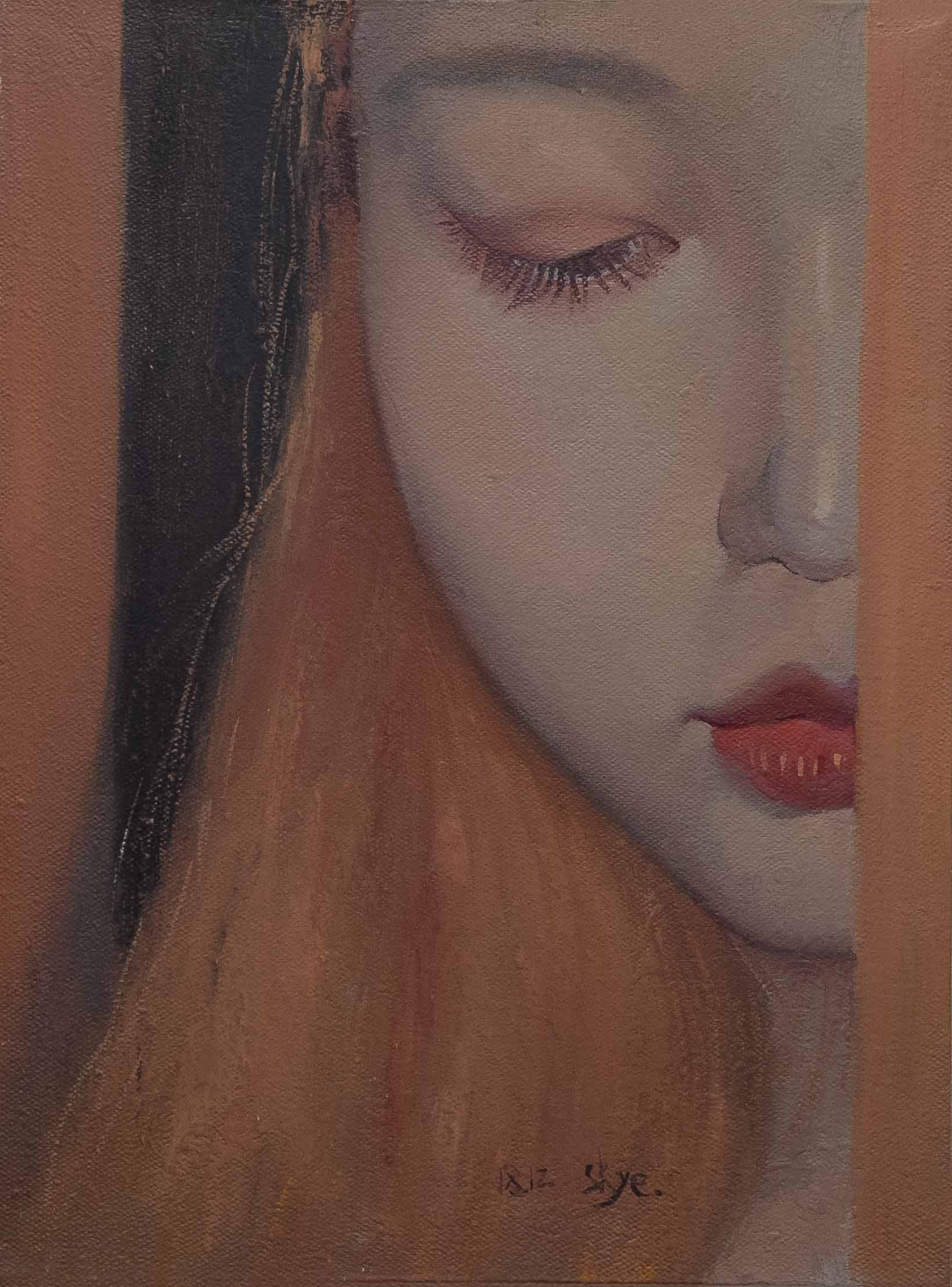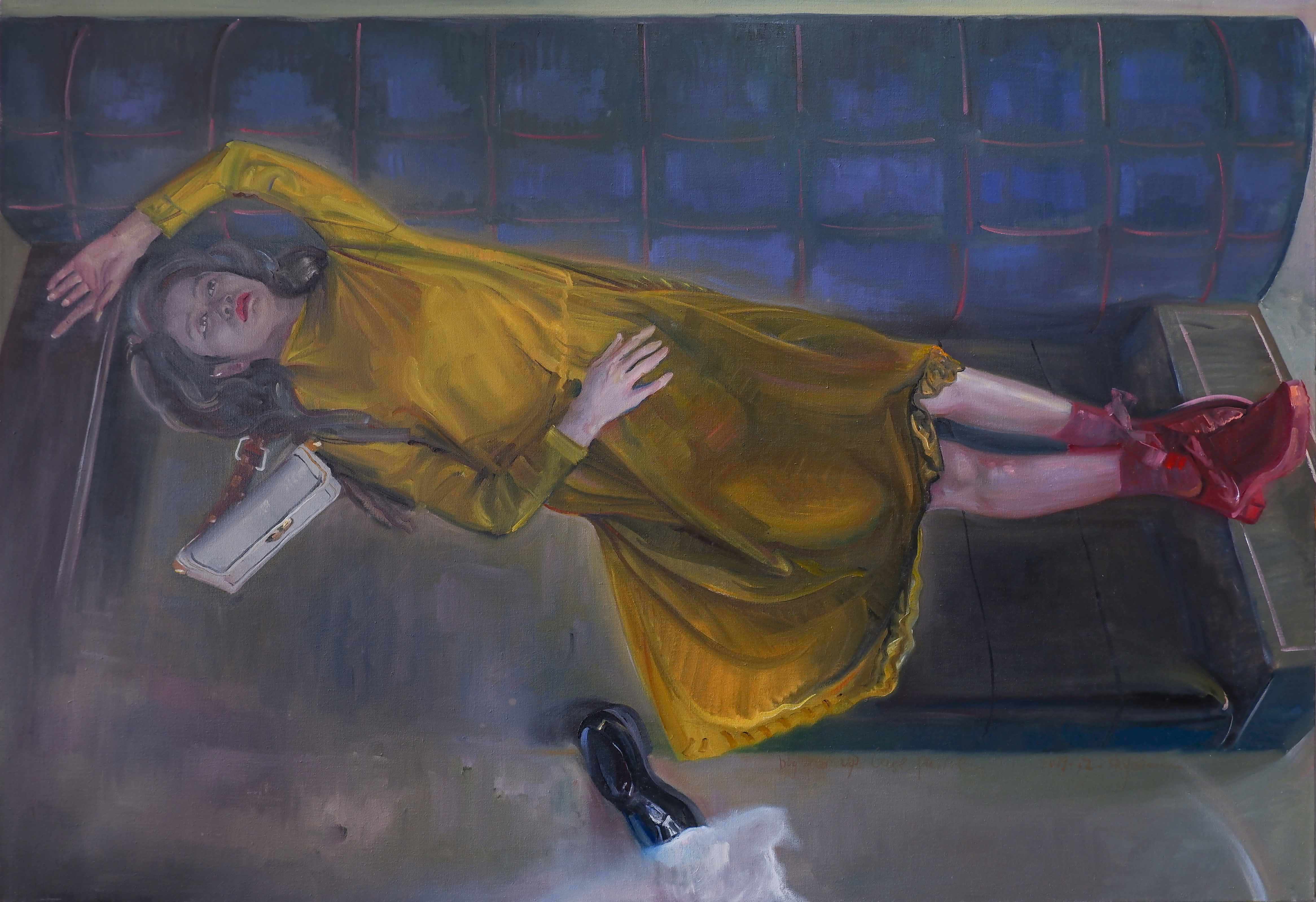We often speak of "aesthetic sensibility" – describing someone as having "good taste" or an "understanding of beauty." But what lies at its core? Is it simply heightened sensitivity? A deeper examination reveals that aesthetic sensibility is far richer than mere feeling. It represents a fundamental way we engage with the world, understand existence, and embodies a unique human capacity for survival and meaning-making.
The Cognitive Lens: Insight, Order, and Meaning
Crystallised Insight:Aesthetic sensibility is, first and foremost, a form of profound insight. It combines not just sensitivity (to colour, sound, texture) but also imagination (constructing mental imagery, making connections) and discernment (judging quality, understanding nuance). It allows us to truly perceive:
/ The authentic presenceof the natural world, beyond surface appearances.
/ The unique "presence" and life force expressed in others' creations or actions.
/ The underlying patterns, order, and structurewithin complex phenomena.
/ How lines, colours, and rhythms in a painting carry intent, emotion, and ideas.

Perceiving Order and Meaning:At a deeper level, aesthetic sensibility involves the perception of order and meaning. It drives us to find coherence in apparent chaos and discover significance in the ordinary. A person with developed aesthetic sensibility can:
/ Notice those profound yet seemingly simple moments of beautyin daily life.
/ Interpret the world through a unique lens, imbuing common things with fresh resonance.
/ Draw positive energyfrom these discoveries, enriching their inner world.
/ This transcends sensory pleasure; it is a concentrated expression of human cultivation(emotional, intellectual, cultural).

Dimensions of Ability: Sensing, Appreciating, Evaluating, Creating
Aesthetic sensibility manifests in specific capabilities:
Sensing Beauty:The foundation. It involves actively engaging with an aesthetic object (nature, art, design) using one's life experience, cultural knowledge, and personal taste to derive genuine aesthetic appreciation. It's more than passive seeing or hearing; it's feeling deeply.
Appreciating & Evaluating Beauty:This goes beyond merely finding something "pretty" or "pleasing to the ear." It signifies deeper understanding:
/ Facing a painting, one can grasp the conveyed emotions, the implied narrative, and even the artist's core message.
/ Listening to music, one can distinguish instrumental layers, follow rhythmic shifts, and absorb the emotional atmosphere and deeper meaning.
Creating Beauty:The highest expression is channelling inner perception, insight, and understanding into new, aesthetically resonant works or expressions – whether art, design, writing, or shaping living spaces and experiences.

The Foundational Skill: A Human "Meta-Capacity"
From an evolutionary and existential perspective, aesthetic sensibility is far from a luxury; it is a deep-seated human "meta-capacity", integrating biological instinct, cultural heritage, and technological understanding:
The Biological Layer:
/ Innate preferences for the golden ratio, symmetry (possibly linked to evolutionary cues for health and balance).
/ Physiological responses (e.g., dopamine release) to harmonious colours and rhythms.
/ An instinctive aversion to dissonance or chaos (potentially an evolved early-warning system).
The Cultural Operating System:
/ Decoding symbolic meanings and archetypes embedded across cultures (e.g., differing connotations of dragons).
/ Establishing aesthetic resonance that crosses cultural boundaries.
/ Adapting to and interpreting the evolving "languages" of subcultures (e.g., diverse music genres or street art).
Core Dimensions Irreplicable by AI: This forms the unique stronghold of human aesthetic sensibility:
Embodied Cognition: Rooted in direct physical experience. The warmth of rough clay under fingertips, the spatial awe within vast architecture, synaesthetic experiences like "seeing" colour in music – these are perceptions woven from body and mind.
Ethical Warmth: Infused with human empathy and moral awareness. It appears in art transforming suffering into compassionate expression, in navigating cultural sensitivities with nuanced judgment, and in vigilance against the potential coldness or violence of technological overreach.
Emergent Cognition: A uniquely human creative spark. It manifests as the ability to extract new order from chaos (abstract art), transform "errors" or accidents into novel beauty (ceramic crackle, jazz improvisation), and construct profound cross-dimensional metaphors (e.g., dance expressing the passage of time).

Conclusion
Therefore, the essence of aesthetic sensibility extends far beyond mere sensitivity. It is the cognitive lens revealing the deep order of the world, the integrated capacity to sense, comprehend, evaluate, and create beauty, and a fundamental human survival wisdom, rooted in our biology and culture, profoundly difficult to replicate. It allows us not just to look with our eyes, but to truly "see" the reality of things, sense the significance of existence, and ultimately create our own harmony and beauty amidst complexity. Cultivating aesthetic sensibility means enhancing our core ability to understand the world, find our place within it, and imbue life with depth and radiance. It enables us to find rhythm and warmth even in the quiet ritual of a morning coffee.
About Artphiloso
Hi, I’m Philo, a Chinese artist passionate about blending traditional Asian art with contemporary expressions. Through Artphiloso, my artist website, I share my journey and creations—from figurative painting and figure painting to floral oil painting and painting on landscape. You'll also find ideas for home decorating with paint and more.

FAQ
What exactly is aesthetic sensibility?
Aesthetic sensibility is the integrated human capacity to deeply perceive, appreciate, evaluate, and create beauty and meaning, drawing on sensitivity, insight, imagination, and cultural understanding.
Is aesthetic sensibility just about liking art?
No, it extends far beyond personal taste in art. It involves perceiving order and significance in nature, everyday life, human interactions, and environments, influencing how we interpret and shape our world.
How does aesthetic sensibility differ from simply having good taste?
"Good taste" often relates to current trends or cultural norms. Aesthetic sensibility is a deeper cognitive and perceptual ability – it's about understanding why something resonates, connecting it to emotion, meaning, and underlying structures, and often involves the capacity to create.
Can aesthetic sensibility be developed?
Yes, absolutely. While some sensitivity might be innate, it is cultivated through mindful observation, exposure to diverse art forms and cultures, learning about artistic principles and history, creative practice, and reflecting deeply on experiences and emotions.
Why is aesthetic sensibility considered important beyond the arts?
It enhances critical thinking (recognising patterns, discerning quality), emotional intelligence (empathising, understanding expression), problem-solving (finding innovative, harmonious solutions), and overall well-being (finding meaning and joy in the world). It's a core aspect of human cognition and interaction.
